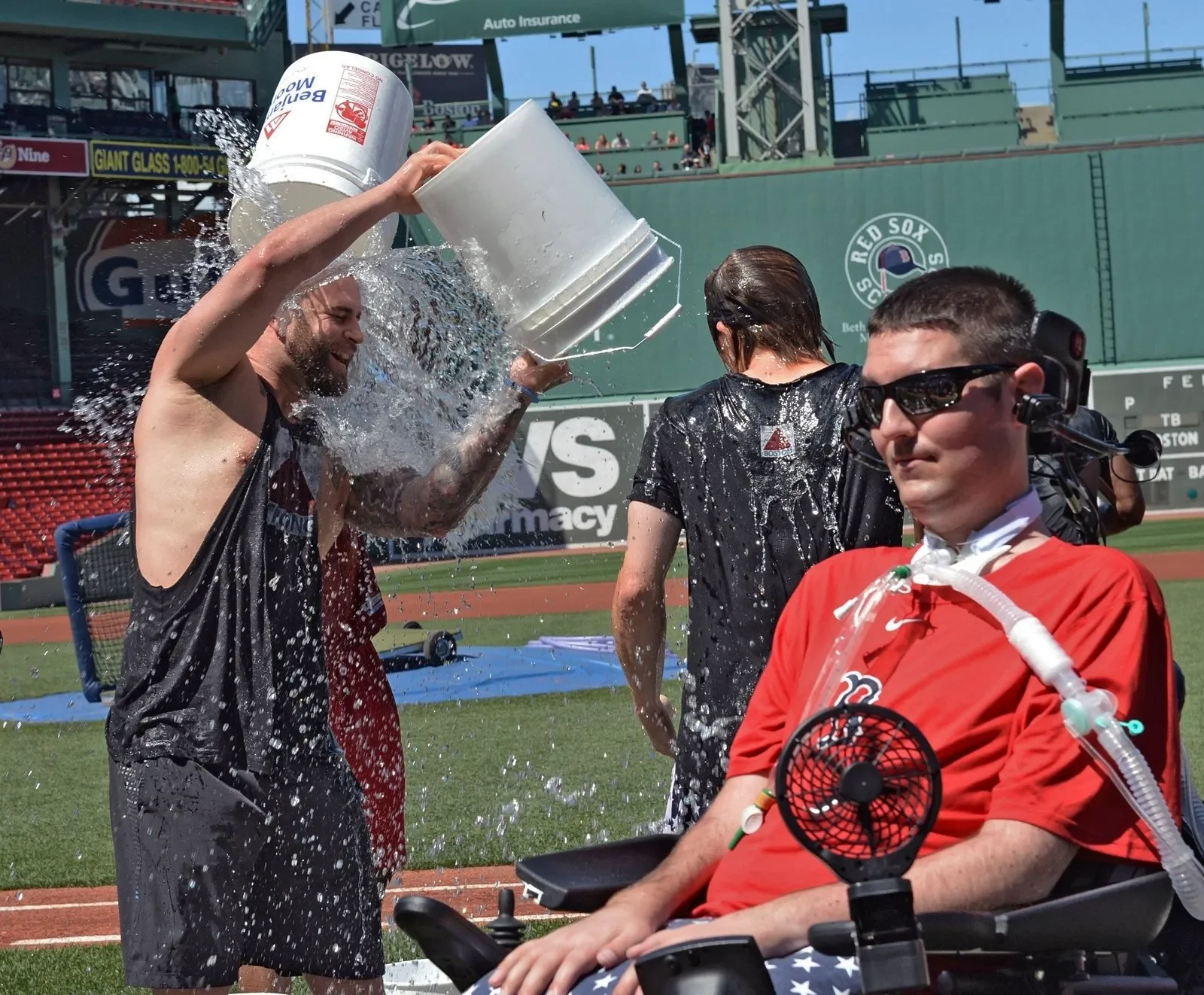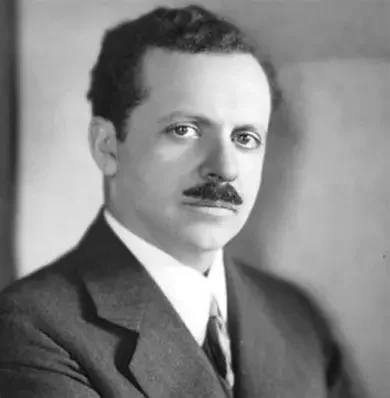ALS Ice Bucket Challenge Explained: A Viral PR Success and Where It Is Today
This blog explores the strategies behind the successful PR campaign of the ALS Ice Bucket Challenge, highlighting how creative initiatives bought awareness and fundraising for an important cause.
Summer 2014, a simple online challenge went viral. It totally changed public awareness for Amyotrophic Lateral Sclerosis, also known as ALS. Lou Gehrig's disease is its other name. The ALS Ice Bucket Challenge asked people to pour ice water on their heads. Participants then gave money for ALS research. Next, they nominated friends or family to try it too. This campaign grew from the ground up. The ALS Association gave it major reach as it turned into one of history's biggest public relations successes. Here you’ll learn about its start. We break down its strategy and how it unfolded. You will see the results. We also look at its long-term PR effects. You can use these lessons for your own campaigns.
Three ALS patients created the Ice Bucket Challenge. Pete Frates, Pat Quinn, and Anthony Senerchia were these patients. They were inspired by sports traditions, like Gatorade showers for coaches, they turned it into a way to raise awareness and money for ALS research. Frates played college baseball; he used his sports connections. Quinn used his network in New York. Senerchia gave early support. The challenge took off organically in 2014 with participants filming themselves dumping ice water on their heads. They would then donate money to ALS for research and nominate other people within 24 hours. This peer-to-peer nomination system created a viral chain reaction, starting small but quickly gaining momentum through social media shares.
The ALS Association strategy focused on viral content, celebrity engagement, user-generated content, cross-platform promotion, and emotional appeal. Participants shared videos with the hashtag #IceBucketChallenge, nominating friends and family. The challenge took off and high-profile celebrities like Bill Gates, Oprah Winfrey, LeBron James, and Mark Zuckerburg participated in the challenge. The challenge spreaded rapidly as the everyday users on social media became promoters by uploading over 17 million videos. Videos of the challenge were uploaded on plenty of social media platforms including Facebook, Twitter, and YouTube, making the campaign spread globally. In August 2014, the videos doubled from 1.2 million to 2.4 million in just five days. The financial impact of the campaign was rolling in. Within six to eight weeks, The ALS Association raised $115 million. They had made over the normal annual fundraising donation amount, with the campaign generating over $220 million globally. The funds were used for ALS research, including grants and clinical trials. Patient services, advocacy, and policy efforts were also funded.
The ALS Ice Bucket Challenge changed the way Public Relations by mixing popularity, celebrity influence, and emotional storytelling in one. Mixing those strategies together raised a lot of money in weeks. It started from a simple challenge of dumping ice water and nominating others giving it a peer-to-peer influence and when they share their videos and others it becomes user generated content all over social media. They created a long-term impact with the millions of dollars in grants, follow-on funding, approved drugs, and ALS clinics, and advocacy. When providing a fun with challenges can drive in serious impact into a campaign that sets a blueprint out for the modern and new digital Public Relations, when you do so the world will follow.
History of Public Relations: Evolution, Innovations, and the State in 2025
This blog explores the origins of public relations and its evolution into modern practices that shape society today.
PR is no longer the same as it used to be as a means of controlling the perception of people, but an elaborate industry with data-driven applications to control how the brands relate to their audiences. The history of PR dates to the early 20th century; It began with publicity stunts, yet now it is something much more professional. Some of the key figures, such as Ivy Lee and Edward Bernays, were significant. Ivy Lee, who began setting ethical standards, came up with the Declaration of Principles in 1906 which demanded transparency and correct information from the press. Edward Bernays had bought psychological principles in PR, which he referred to as the engineering of consent and employed techniques of propaganda in World War I and on corporate clients such as Lucky Strike cigarettes. PR became a real profession particularly after World War II, as the century advanced. The fact that trade associations, industry magazines and global PR firms had raised it meant that there was more organization in things. PR gained an important place in the United States in assisting companies' development and overcoming a crisis, they became thoughtful and less flashy, they included strategic communication. First, they would understand the audience, craft a message that aligns with the brands' values, choose the right channels, come up with the timing to increase impact, and lastly measure the results and adjust strategies if needed. Towards the end of the 1900s, television and significant world trends, such as the civil rights started to polish PR tactics and introduce the question of ethics and social aspects into them.
PR is no longer the same as it used to be as a means of controlling the perception of people, but an elaborate industry with data-driven applications to control how the brands relate to their audiences. The history of PR dates to the early 20th century; It began with publicity stunts, yet now it is something much more professional. Some of the key figures, such as Ivy Lee and Edward Bernays, were significant. Ivy Lee, who began setting ethical standards, came up with the Declaration of Principles in 1906 which demanded transparency and correct information from the press. Edward Bernays had bought psychological principles in PR, which he referred to as the engineering of consent and employed techniques of propaganda in World War I and on corporate clients such as Lucky Strike cigarettes. PR became a real profession particularly after World War II, as the century advanced. The fact that trade associations, industry magazines and global PR firms had raised it meant that there was more organization in things. PR gained an important place in the United States in assisting companies' development and overcoming a crisis, they became thoughtful and less flashy, they included strategic communication. First, they would understand the audience, craft a message that aligns with the brands' values, choose the right channels, come up with the timing to increase impact, and lastly measure the results and adjust strategies if needed. Towards the end of the 1900s, television and significant world trends, such as the civil rights started to polish PR tactics and introduce the question of ethics and social aspects into them.
A huge change happened in the COVID-19 pandemic (2020-2022). As ad budgets were cut and consumer distrust was at record levels. Brands turned to organic media coverage, employee promotion, and purpose-driven content to keep themselves visible. PR turned out to be the main driver of growth in most organizations, as it demonstrated its worth in times of crisis and uncertainty. Virtual press conferences, virtual newsrooms, and global press outreach without traveling were also normalized, as well, during remote work, between 2023 and 2024. The media monitoring population initially applied machine learning to scan through millions of online mentions in real-time to identify unfolding crisis or opportunity. Such tools as sentiment trackers and predictive analytics were used to anticipate how people would react to campaigns even before they were launched. Press release summarization and targeting of journalists became automated, making the small teams compete with the big agencies. It was the time of the shift to proactive and data-driven PR, which prepared the adoption of AI-native strategies in 2025. Collectively, these shifts made social media successful, trusted more influencers, earned-media sturdiness, and early AI unification turned PR into a supportive role to a strategic, technology-empowered business discipline that is extreme authenticity, swiftness, and quantifiable influence. They provided the necessary foundation of the customer specific, agile, and transparent PR practices that will define 2025.
By the year 2025, PR has completely adopted both a technological revolution and connectivity to the human senses in a single package, and this is where the evolution of PR comes in in terms of brands in terms of how they communicate, interact, and make trust with the people they are dealing with. The leader of this transformation is Artificial Intelligence (AI), which is not supporting anymore but one of the strategic engines. Predictive PR is also possible through AI-driven systems, which analyze social sentiment in real time, trends in the news cycle, and trends in audience behavior to predict crises before they get out of control, or a new narrative arises. The PR industry is growing amid challenges. The global market value is about $113 billion, and the projection for growth remains steady, with an accumulated annual growth rate estimated at about 6%. In the US, revenue increased at a CAGR of 5.6% to reach $24.6 billion.









